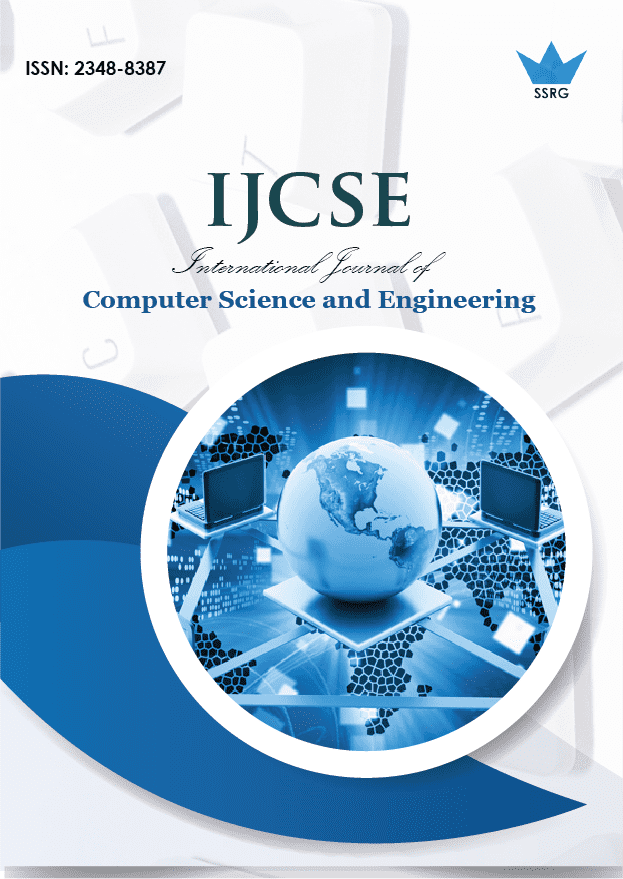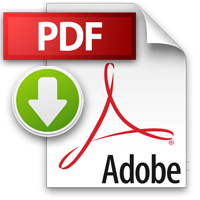Drinking Water Quality Detection in Rural Districts of Gurugram: Cost-effective Sensors and IoT Integration

| International Journal of Computer Science and Engineering |
| © 2025 by SSRG - IJCSE Journal |
| Volume 12 Issue 6 |
| Year of Publication : 2025 |
| Authors : Harshit Sanghi |
How to Cite?
Harshit Sanghi, "Drinking Water Quality Detection in Rural Districts of Gurugram: Cost-effective Sensors and IoT Integration," SSRG International Journal of Computer Science and Engineering , vol. 12, no. 6, pp. 16-22, 2025. Crossref, https://doi.org/10.14445/23488387/IJCSE-V12I6P103
Abstract:
Water quality is a major issue in rural Gurugram, Haryana, owing to groundwater pollution, ecosystem degradation, and inadequate management strategies. In the present investigation, water quality at locations Hari Nagar and KTC Camp is evaluated through the examination of the major parameters such as pH, turbidity, Dissolved Oxygen (DO), conductivity, and Total Dissolved Solids (TDS) to evaluate potability and detect pollution sources. An IoT-based system was used to collect and analyse real-time data to address delays in traditional monitoring. Hari Nagar depicted fairly safe water quality, wherein pH (6.21), conductivity (0.07mS/cm) and DO (1 mg/L) were within acceptable norms, though TDS (104.97 mg/L) and turbidity (47.4 NTU) had a marginal increase beyond BIS standards. Compared to this, KTC Camp showed severe contamination, which included high turbidity (45.57 NTU), high conductivity (0.44mS/cm), and high TDS (675.79 mg/L), making the water undrinkable unless treated. pH (7.52) and DO(1 mg/L) were in acceptable range. The IoT system effectively facilitated real-time monitoring, early anomaly detection, and timely action. This method presents a scalable, low-cost approach for ongoing water quality management in at-risk rural communities.
Keywords:
Drinking water quality, Sensors, IoT integration, Total Dissolved Solids, Dissolved Oxygen.
References:
[1] Sabyasachi Swain, Sashikanta Sahoo, and Ajay Kumar Taloor, “Groundwater Quality Assessment Using Geospatial and Statistical Approaches Over Faridabad and Gurgaon Districts of National Capital Region, India,” Applied Water Science, vol. 12, pp. 1-14, 2022.
[CrossRef] [Google Scholar] [Publisher Link]
[2] Hussein J. Khadim, Faik K. Obaed, and Hayder M. Rashid, “Water Quality Detection using Cost-Effective Sensors Based on IoT,” SVU International Journal of Engineering Sciences and Applications, vol. 3, no. 1, pp. 98-103, 2022.
[CrossRef] [Google Scholar] [Publisher Link]
[3] Basant Yadav et al., “Ensemble Modelling Framework for Groundwater Level Prediction in Urban Areas of India,” Science of the Total Environment, vol. 712, 2020.
[CrossRef] [Google Scholar] [Publisher Link]
[4] Akash Tiwari, Manish Kumar, and Swati Thakur, “Groundwater Quality Assessment for Drinking Purpose Using Traditional and Fuzzy GIS-Based Water Quality Index in Gurugram District of Haryana, India,” Environmental Geochemistry and Health, 2024.
[CrossRef] [Google Scholar] [Publisher Link]
[5] Roohi Rawat, and A.R. Siddiqui, “Assessment of Physicochemical Characteristics of Drinking Water Quality in Allahabad Metropolitan City, India,” The Oriental Anthropologist, vol. 19, no. 1, pp. 121-135, 2019.
[CrossRef] [Google Scholar] [Publisher Link]
[6] All about Turbidity of Water, What Is Turbidity of Water, Procedure of Turbidity of Water Test, Civil Scoops. [Online]. Available: https://www.civilscoops.com/turbidity-of-water/
[7] U.S. Environmental Protection Agency, Indicators: Dissolved Oxygen, EPA National Aquatic Resource Surveys. [Online]. Available: https://www.epa.gov/national-aquatic-resource-surveys/indicators-dissolved-oxygen
[8] Apure Instruments, What Makes Water Conductive? Use of Conductivity Meter, Apure Instruments Blog. [Online]. Available: https://apureinstrument.com/blogs/what-makes-water-conductive/#:~:text=conducting%20electrical%20currents.-,Use%20of%20Conductivity%20Meter
[9] Jana Shafi et al., “Data-Driven Water Quality Prediction Using Hybrid Machine Learning Approaches for Sustainable Development Goal 6,” Environment, Development and Sustainability, 2025.
[CrossRef] [Google Scholar] [Publisher Link]
[10] Tenagne Jiru Mergia et al., “Assessment on Physicochemical Quality of Tap and Bottled Water in Mekelle City, Ethiopia,” Discover Chemistry, vol. 2, pp. 1-13, 2025.
[CrossRef] [Google Scholar] [Publisher Link]

 10.14445/23488387/IJCSE-V12I6P103
10.14445/23488387/IJCSE-V12I6P103